
© Dave Morgan, by kind permission of the Royal Opera House. (Click image for larger version)
The Royal Ballet
The Nutcracker live screening in cinemas
Sampled at London, Apollo cinema
13 December 2012
Gallery of 36 pictures by Dave Morgan – Marquez / McRae cast
Gallery of 36 pictures by Dave Morgan – Morera / Bonelli cast
www.roh.org.uk
www.roh.org.uk/cinema
Those of us fortunate enough to see the ‘one night only’ screening of The Nutcracker in the Apollo cinema in Piccadilly were able to enjoy a live introduction from Federico Bonnelli, who is on stage in the production in an alternative cast (reviewed by Jane Simpson). He told us about the big new audiences the ballet would be getting in 900 cinemas in 30 countries world-wide – which is no doubt why this Nutcracker boasted so many top soloists in minor roles.
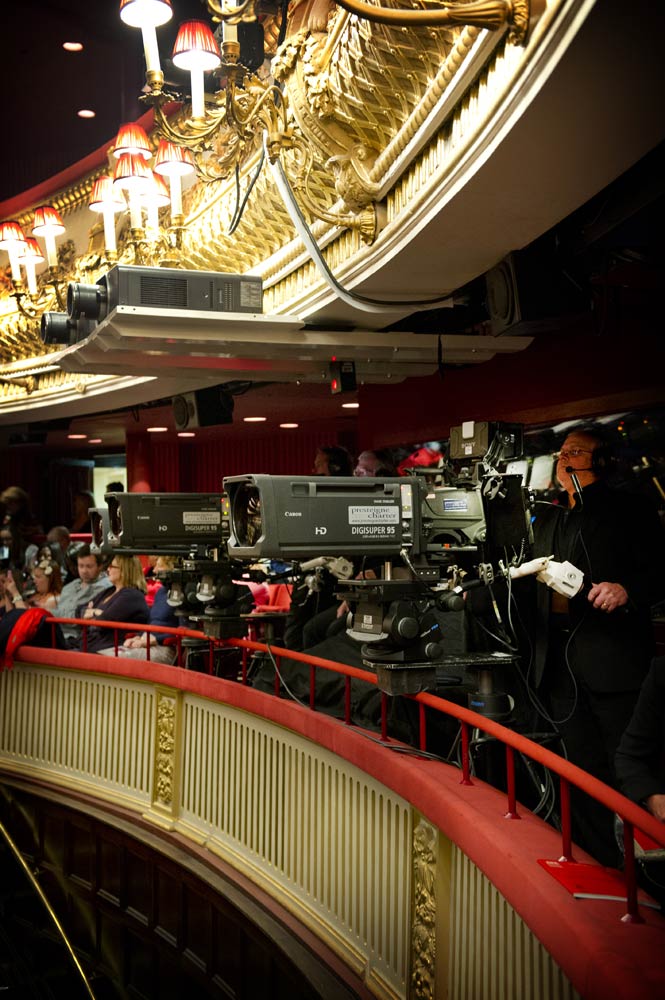
© Sim Canetty-Clarke, by kind permission of the Royal Opera House. (Click image for larger version)
We were then treated to a pre-recorded introduction by Gary Avis, soon to appear live on screen as Drosselmeyer. He made an excellent host, as well as being a benign, beautiful magician. A voice-over told us in rhyming couplets about backstage preparations for the annual revival of the 30-year-old production: ingeniously, the reference to De Valois almost rhymed with the naming of Christopher Carr, seen rehearsing the dancers. The filmed feature worked well, as did the behind-the-scenes revelations before Act II of how some of the magic effects were done. (I do dislike the interval device, not seen this time, of showing dancers in leg warmers practising on stage before curtain-up. It ruins the illusion that the performers are totally identified with their characters.)

© Dave Morgan, by kind permission of the Royal Opera House. (Click image for larger version)
There were revelations on-screen, too. I always wonder how just many audience members can see what goes on inside Drosselmeyer’s workshop: the portrait of his nephew, Hans-Peter, coming alive as the anguished Nutcracker; the wrapping of the Christmas Angel as a present for the Stahlbaums’ tree.That shapeless angel is a blob to anyone without opera glasses. Even in privileged press seats, I’ve never seen the details of the Christmas tree decorations and the toys the children are given; yet they are integral to Clara’s dream (or nightmare) as they come alive. How many first-time spectators spot that the Biedermeyer-period Christmas cake in the Act 1 party provides the marzipan-and-icing set for Act II? On screen, larger than life, all the clues are visible at last.
Ross MacGibbon, the experienced director, has done Julia Trevelyan Oman’s over-intricate designs a great favour. And it’s a joy to see the faces of the White Lodge pupils as they delight in the childrens’ toys and their chance to dance on stage. I wish MacGibbon could have had an overhead camera to record the Snowflakes’ patterns, supposedly based on the Stepanov notations of Ivanov’s flurries. What we saw was a blur of flying skirts and fast-moving legs and feet.
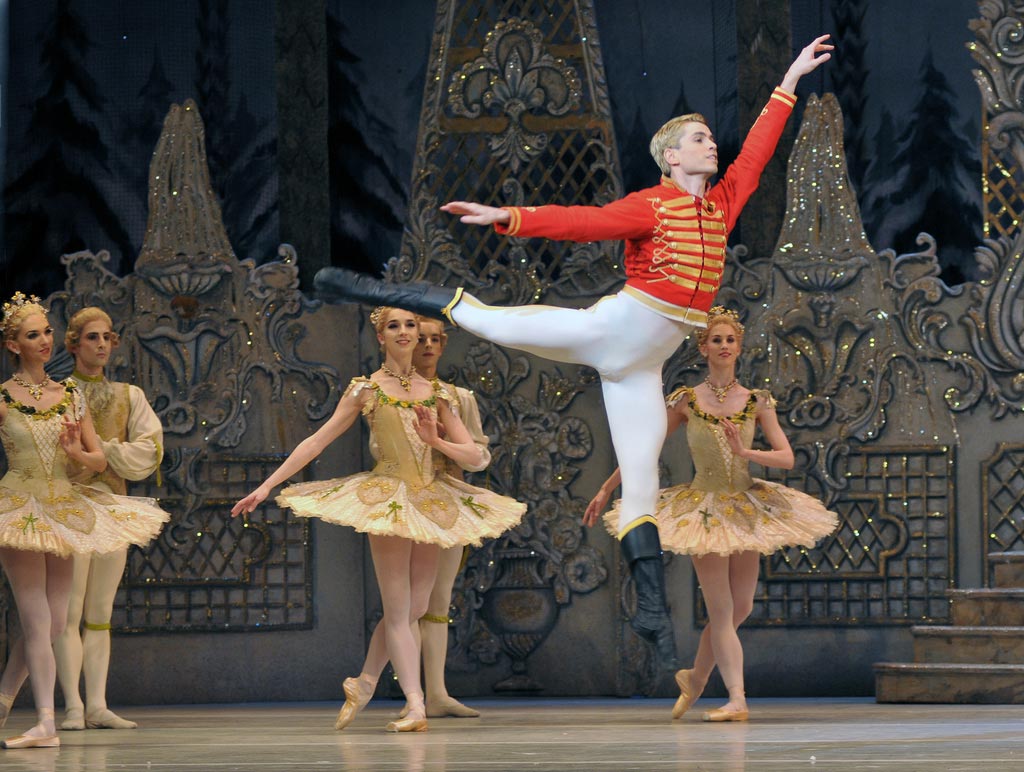
© Dave Morgan, by kind permission of the Royal Opera House. (Click image for larger version)
On screen, we lost the interaction between Clara and Hans-Peter in the snow scene, since the cameras could only focus on one or the other. Ricardo Cervera was an ideal Hans-Peter, a still-boyish foil for Meaghan Grace Hinkis’s Clara. She had a sweet but fixed smile, her excitement too heightened for the screen – though presumably not the theatre. I don’t like the way the present staging has Clara intervening in the Act II divertissements. Instead of being enchanted by the show put on for her delectation, she joins in (how does she know so many different dances?) in her nightie as though she’s competing for attention. At this level of casting, they’re better dancers than she is.
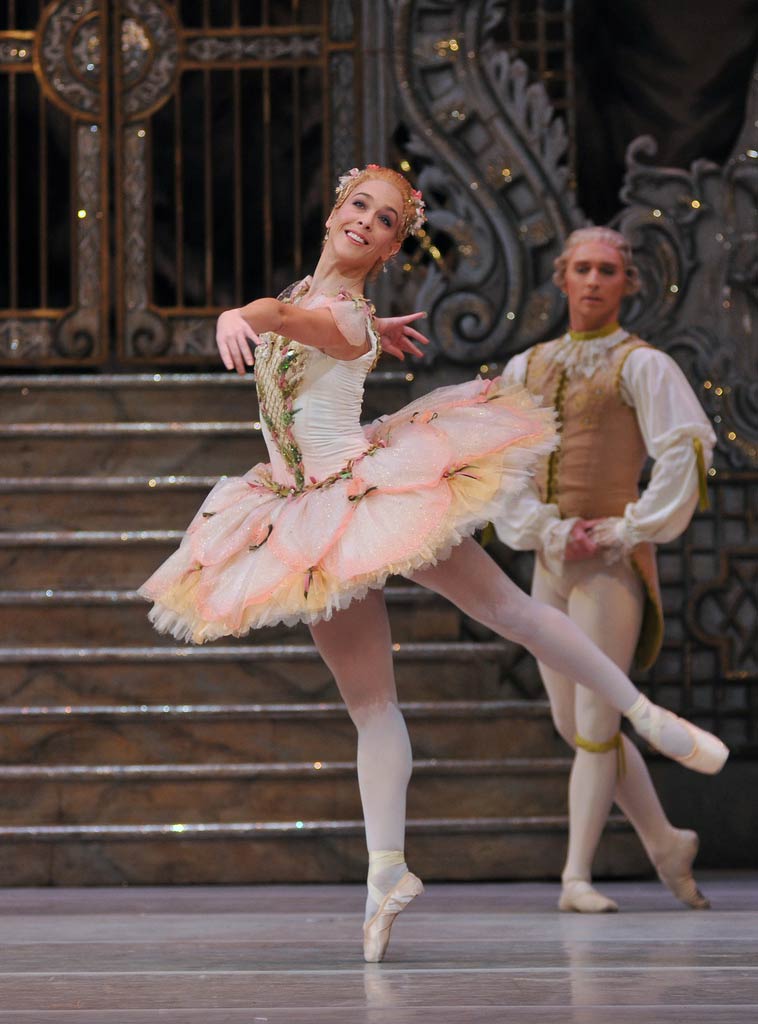
© Dave Morgan, by kind permission of the Royal Opera House. (Click image for larger version)
Roberta Marquez as The Sugar Plum Fairy and Steven McRae as her Prince were suitably glamorous, in spite of those wigs and his costume. She couldn’t quite accomplish Sugar Plum’s gargouillades; he could do everything, landing every fifth position immaculately. Laura Morera was an exultant Rose Fairy and Melissa Hamilton a stunner in the Arabian dance. That dreamy, often dreary number roused a cinema audience to ‘wows’ of appreciative applause.
This was altogether a great success as an up-close account of the ballet. McGibbon captured the exhilaration of the dancing as well as enabling us to see the dancers’ faces and details of the sets and costumes. Peter Wright’s somewhat complicated version of the story, with Hans-Peter as the Nutcracker, was made clear; at the end, we even got to see Clara fingering the necklace the Sugar Plum had given her, a talisman that it hadn’t been a dream, after all. Rescued Hans-Peter is back with his uncle, just a few bars of music away from her house.

© Dave Morgan, by kind permission of the Royal Opera House. (Click image for larger version)
A final grump: cinema audiences were encouraged to tweet their views before, during the interval or at the end to #ROHnutcracker. Put the trite comments on the ROH site, by all means, but not on screen as the performers take their bows. Why should I care that Bev thought it triff or Phil found it awesome?







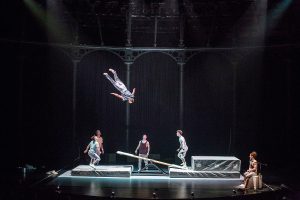
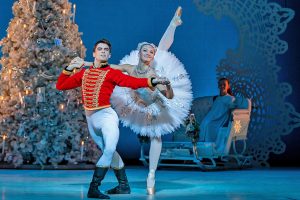
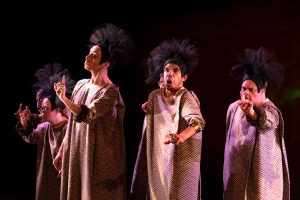
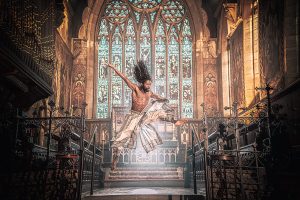


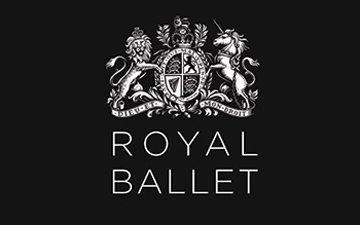

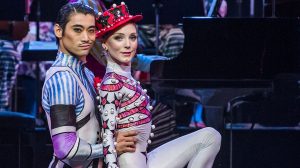

You must be logged in to post a comment.